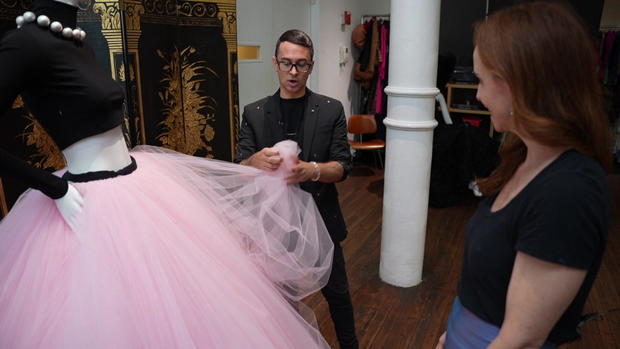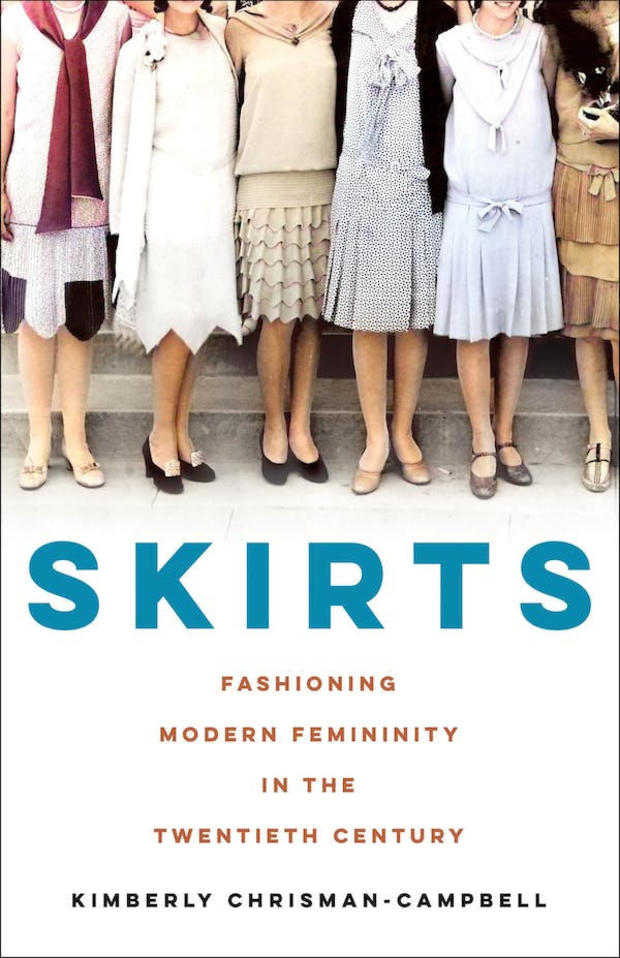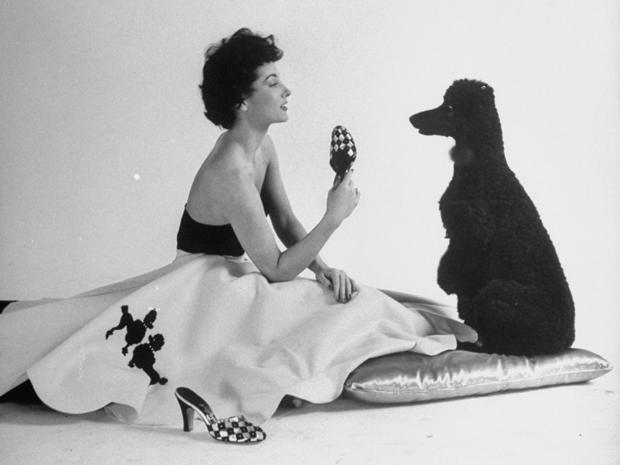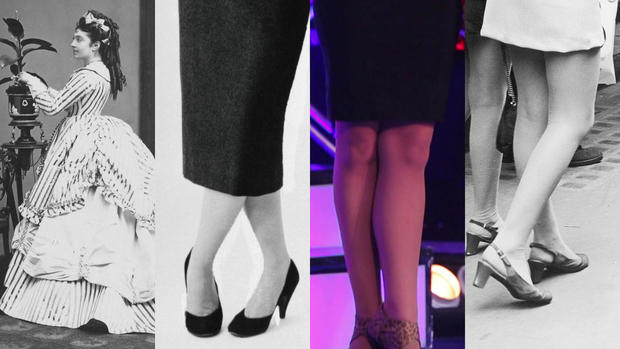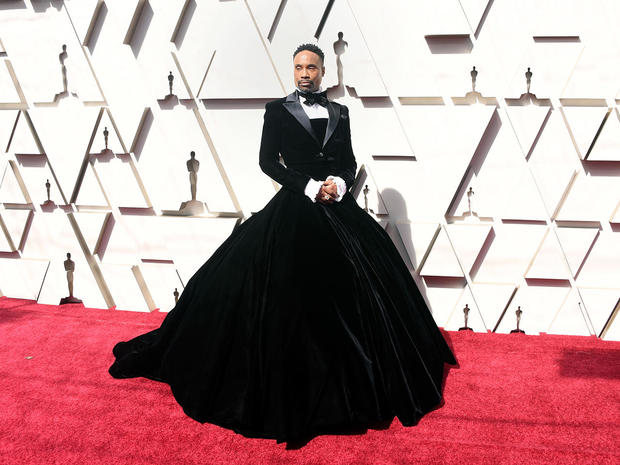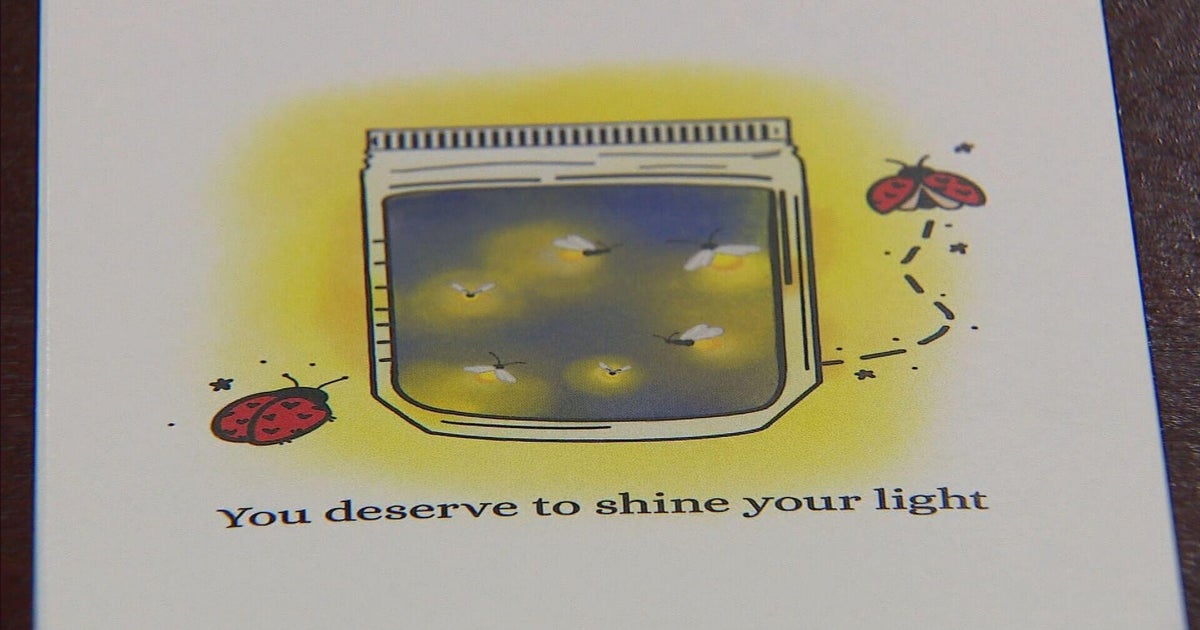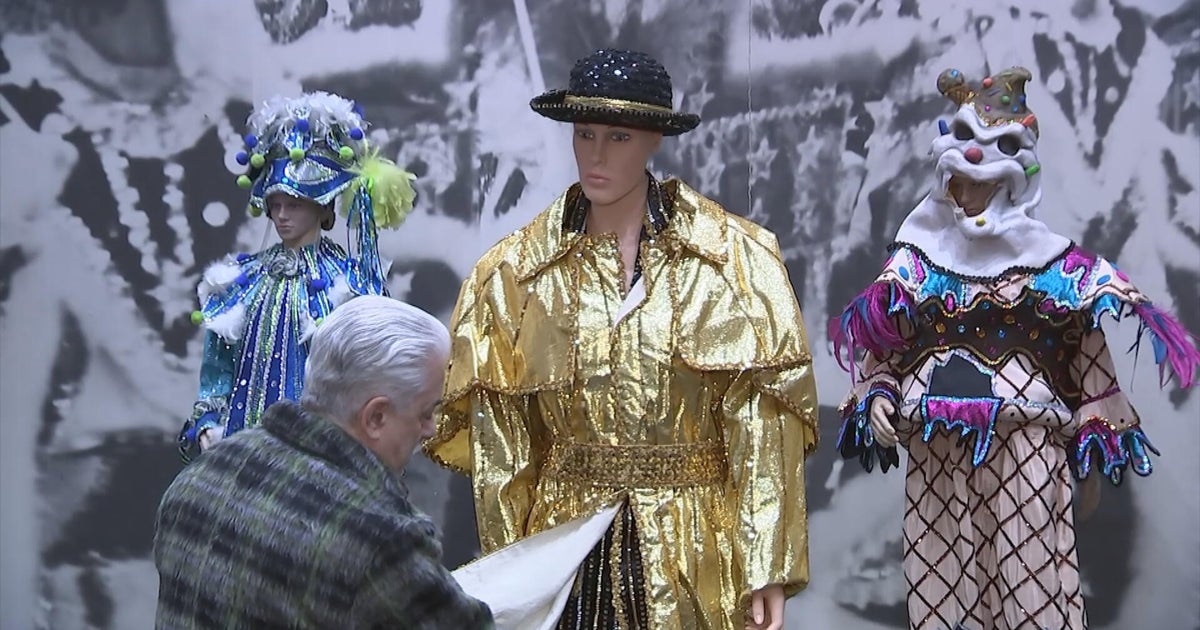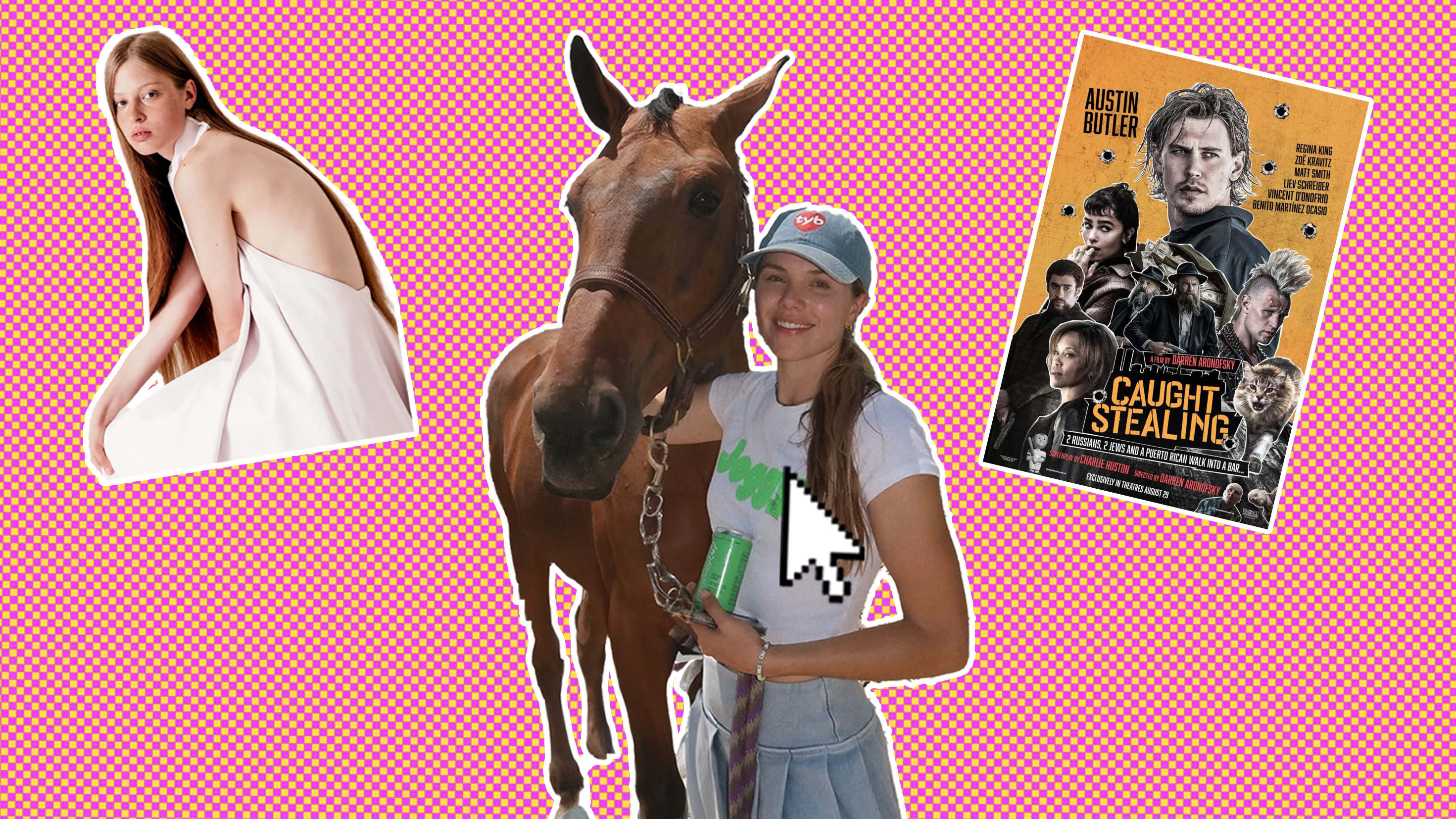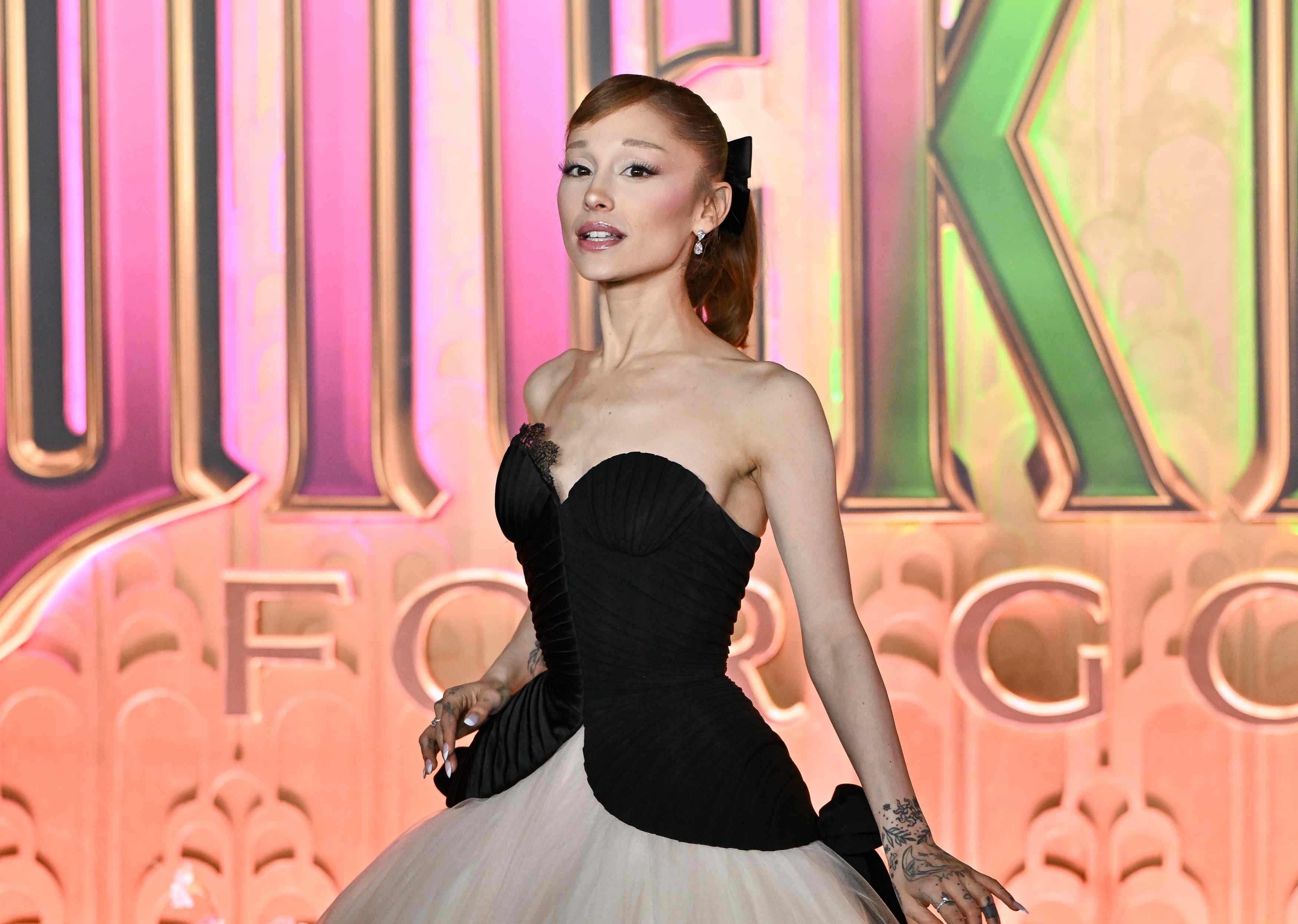The history of skirts (the long and the short of it)
What do pencils and poodles have in common? Or hoops and hobbles? They're skirts, of course.
For designer Christian Siriano, the skirt is a transformative piece of clothing. The options are endless: mini, midi, maxi, assymetric, straight or frothy. "The skirt is about being free, having more movement, not being kind of trapped inside something, which I think a pant does," Siriano said. "A skirt is more freeing."
That feeling is sewn into the definition of the word skirt, a piece of clothing meant to dangle from the waist and move around the body with few restrictions.
Kimberly Chrisman-Campbell, the author of "Skirts: Fashioning Modern Femininity in the Twentieth Century" (St. Martin's Press), describes the garment as a canvas for beautiful textiles.
She said – as unfettered as they might appear – skirts are tied to some meaningful history: "They tell us a lot about our culture and our values, and how we treat and think of women themselves."
While skirts have certainly hemmed women into traditional notions of femininity, they've also dramatically demonstrated the power of the wearer. "Textiles were extremely expensive before the Industrial Revolution," Chrisman-Campbell said. "So, the bigger the skirt, the more fabric you needed, the more wealth you were displaying."
Early 20th century skirts gradually became shorter and narrower, especially during World War II when material was rationed. But in 1947 designer Christian Dior repudiated that starkness with an ultra-feminine silhouette called "the new look."
While the 1950s poodle skirt was an evolution of that voluminous look, Chrisman-Campbell sets the story straight about its popularity: "The term 'poodle skirt' comes from poodle fabric, which was a sort of hairy, stiff but lightweight fabric. It was only later, after the skirt came into being, that designers started decorating them with poodles."
And while we're myth-busting, you may be surprised to learn about the origins of the miniskirt: "No one thought it was sexy to begin with," Chrisman-Campbell said. "When it was introduced in 1964, it was something that looked like you could buy it in the children's department. It had ruffles or it had bows or polka dots. It made women look like little girls playing dress-up."
Salie asked, "So, the miniskirt was created for young women who didn't want to look 'grown-up'?"
"That's right. The miniskirt addressed that gap in the market: Dressing women who were young but did not want to look like their mothers."
For many women, though, the choice to wear a skirt wasn't theirs to make. It was only in the late 1970s that women were allowed to wear pants in many schools, restaurants and workplaces. And it was only this year that the U.S. Marine Corps ended its last skirt mandate for women.
While the skirt has become a ubiquitous female symbol, men across the world have traditionally shown some leg. Chrisman-Campbell said, "Skirts are an extremely masculine garment in many cultures. We think of it as something feminine in the West. But the Scottish kilt, for example, is a garment associated with tough warrior Highlanders."
And let's not forget Tonga's tupenu, famously flaunted during the Olympics opening ceremony.
As for American men brave enough to flirt with their hemlines? Christian Siriano said his most famous skirt moment was designing a skirt for actor Billy Porter: "He just loved the idea that he could wear something that was, like, still somewhat classic [that] every other woman would be wearing. So why couldn't he wear that?"
And so, the skirt comes full circle.
While it once stitched women into traditional roles, it now offers men something to step into, to shatter stereotypes. "There are no rules," Siriano advised. "You wear what you want to wear."
For more info:
- "Skirts: Fashioning Modern Femininity in the Twentieth Century" by Kimberly Chrisman-Campbell (St. Martin's Press), in Hardcover, eBook and Audio formats, available via Amazon, Barnes & Noble and Bookshop.org
- kimberlychrismancampbell.com
- Christian Siriano
Story produced by Julie Kracov. Editor: Chas Cardin.
See also:
